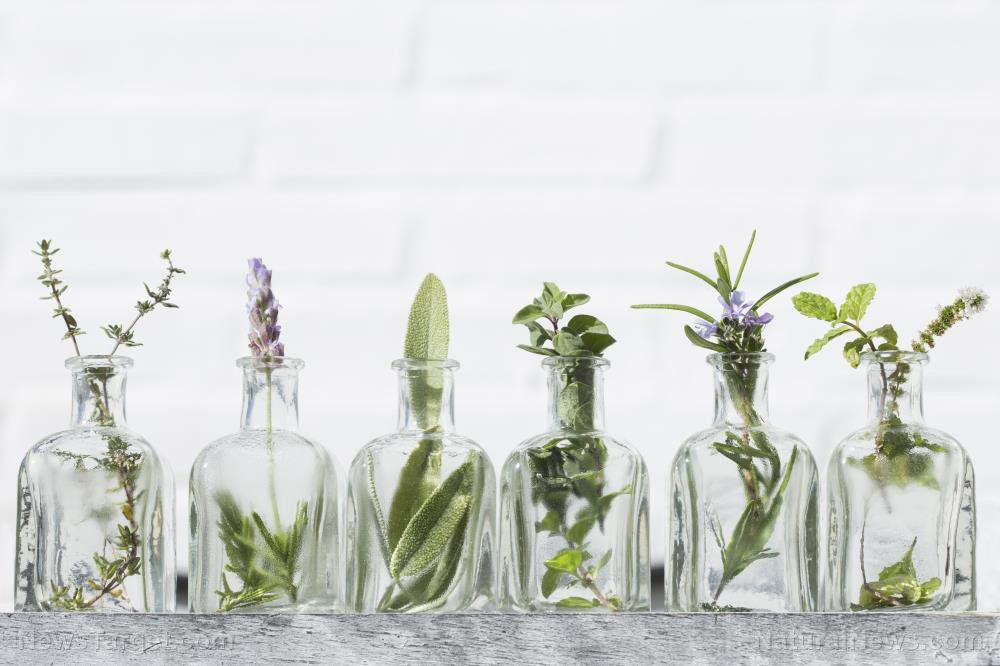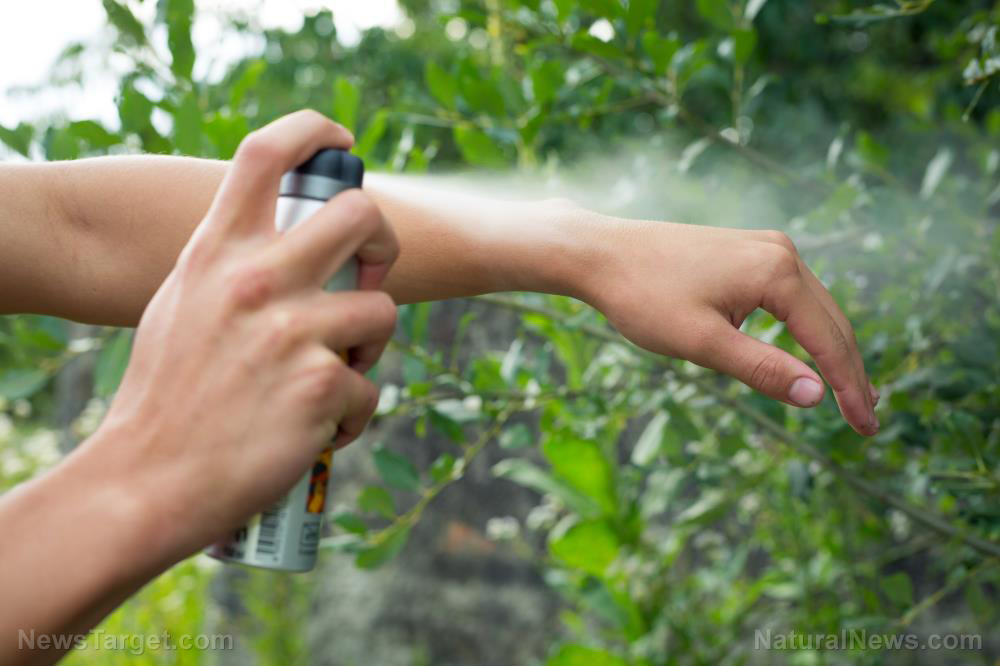Researchers study how plants improve wound closure in humans
01/07/2020 // Evangelyn Rodriguez // Views
Tags: alternative medicine, goodhealth, goodmedicine, goodscience, herbal medicine, Herbs, natural cures, natural medicine, phytonutrients, plant medicine, remedies, research, tissue regeneration, wound closure, Wound Healing

- The body responds to skin insult and damage by triggering a complex healing process. This involves multiple coordinated reactions at both the cellular and molecular level occurring simultaneously.
- The healing process can be divided into two parts: cell migration and tissue remodeling of the wound.
- Deep wounds, especially those from surgical procedures, require a multi-disciplinary approach for the wound healing process to be successful.
- Recently, scientific interest in the identification of active compounds derived from ornamental, edible and wild plants has increased. These plants are commonly used in the cosmetics and skin product industry.
- According to studies, the active compounds present in natural sources like propolis and aloe vera could induce wound healing and tissue regeneration, thus reducing the time needed to complete wound closure.
- Meanwhile, plants like Achillea millefolium and Salvia officinalis have anti-inflammatory properties and can promote cell proliferation. This ability contributes to faster tissue regeneration.
- Reports also suggest that Malva sylvestris can influence the formation of fibrosis-free granulation tissue in the skin. Casearia sylvestris, on the other hand, can induce angiogenesis.
- These beneficial properties have been evaluated in cell lines, different animal models and in randomized clinical trials.
The researchers believe that the active components of these plants have the potential to be developed as natural agents that can accelerate wound closure and tissue repair.
Journal Reference:
Medellin-Luna MF, Castaneda-Delgado JE, Martinez-Balderas VY, Cervantes-Villagrana AR. MEDICINAL PLANT EXTRACTS AND THEIR USE AS WOUND CLOSURE INDUCING AGENTS. Journal of Medicinal Food. 14 May 2019;22(5):435–443. DOI: 10.1089/jmf.2018.0145
Related Topics
alternative medicine goodhealth goodmedicine goodscience herbal medicine Herbs natural cures natural medicine phytonutrients plant medicine remedies research tissue regeneration wound closure Wound HealingLatest News
Related News
07/14/2023 / By Ethan Huff
07/12/2023 / By Zoey Sky
07/10/2023 / By Zoey Sky
Take Action:
Support Natural News by linking to this article from your website.
Permalink to this article:
Copy
Embed article link:
Copy
Reprinting this article:
Non-commercial use is permitted with credit to NaturalNews.com (including a clickable link).
Please contact us for more information.
Please contact us for more information.






















